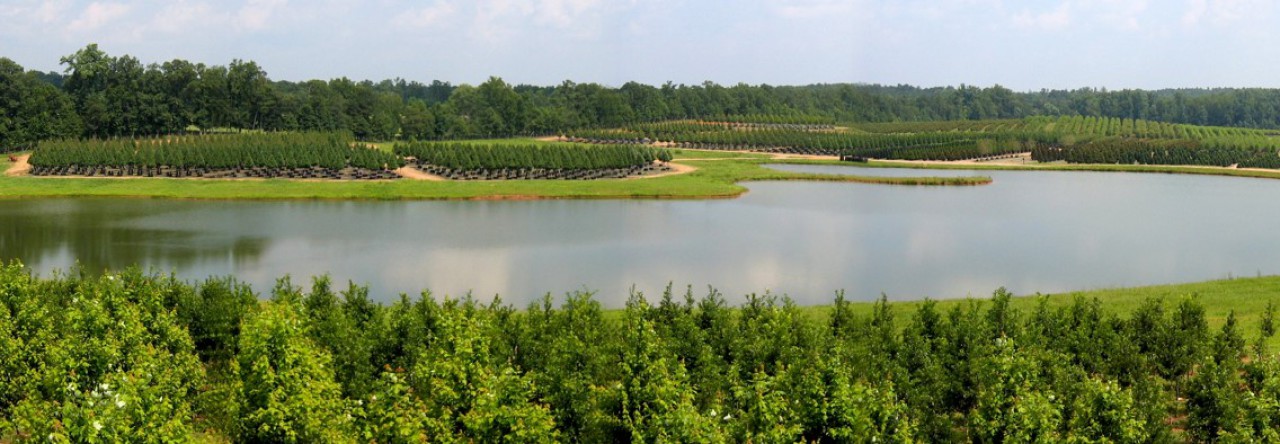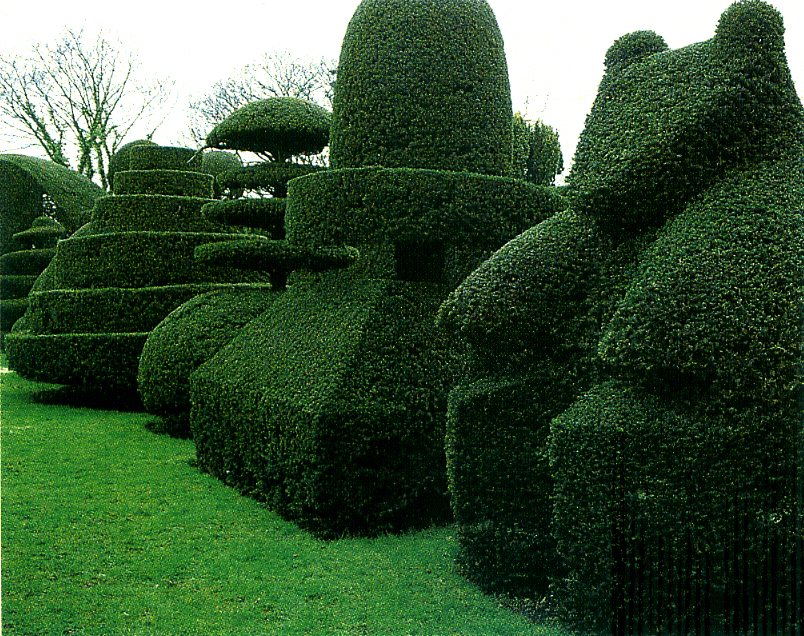Yews are a staple for many homes and commercial landscapes; they supply hardy coverage and structure while also providing privacy between properties. Yews function as both trees and shrubs and can be planted as individually standing plants, topiaries, in containers, and as hedges.
Yews grow and thrive in almost all environments and under many conditions, even in dry soil and in the shade. They are fast-growing plants, so routine maintenance is required if you want a specific aesthetic appeal; once shaped and trained, yews require trimming about twice a year.
Hedging, probably the most popular use for Yews, provides a sense of solitude to your yard and between properties while adding an additional visual feature to your landscape. The optimal times to plant a yew are either in September to October or March to April.
Its also possible to keep yews in a container, adorning an entryway or leading the way up some stairs or a walkway. These yews will need ample water all year round and sufficient drainage at the bottom of the container.
Trimming a yew is much more like pruning, cutting back the excess at optimal times so growth is steady and even. The best time to trim a yew is in the late winter, when the plant is in its dormant period.
There are different types of cuts you can give your yews for the specific type of outcome you desire. Cutting off excess, outer growth with hand cutters gives a yew a bushier look, also known as a heading cut. If you want to control the look and size of the yew, you’ll want to cut off the lower, longer growths, occasionally trimming branches from deeper in the bush. Be weary of trimming too much from the bottom parts of a yew where light isn’t as concentrated, and as a result, less leafy. However, yews can be very forgiving of over-trimming and can somewhat fill in any bare areas.

